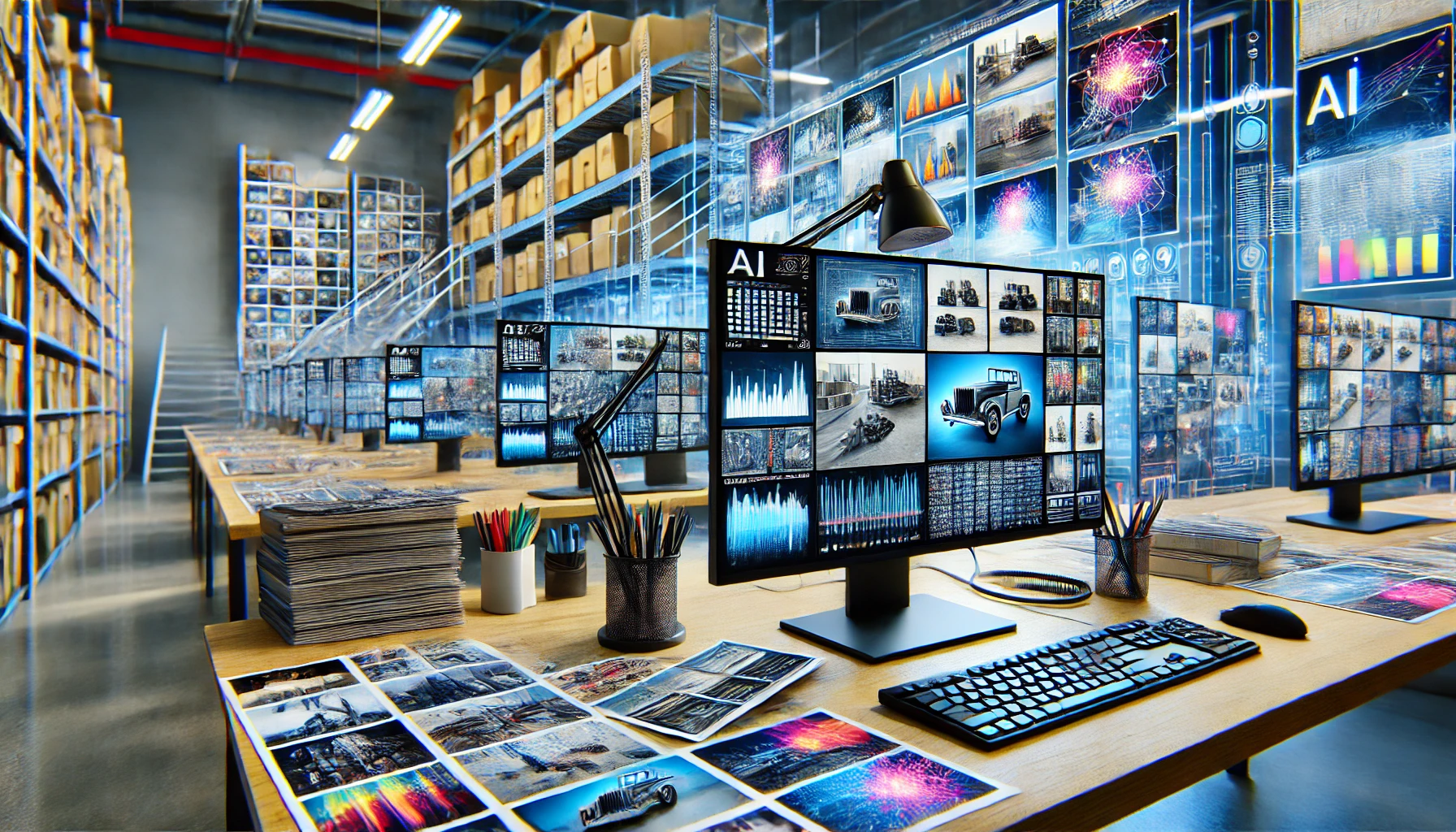The Challenge of Traditional Image Validation
In industries like retail, logistics, and financial auditing, image validation is a critical step. For example, a company might require photographs to be taken at specific locations, with certain objects visible in the background, and at particular times of the day. Additionally, these images often include watermarks or text that need to be extracted and validated. Historically, specialized models were trained to handle such tasks, but this approach came with significant drawbacks. Building and maintaining these models required substantial effort and resources, often making the cost of validation prohibitively high.
The Rise of Vision AI and Large Language Models
Vision AI, powered by large language models, has emerged as a game-changer in this space. Unlike traditional models, these are general-purpose and can process thousands of images at a fraction of the cost. They excel at understanding the content of images, identifying objects, and even extracting text or watermarks. For instance, if a photograph needs to be validated for a specific background or object, Vision AI can analyze it in seconds. Similarly, optical character recognition (OCR) capabilities allow these models to extract text from images, such as labels or signs, with remarkable accuracy.
Real-World Applications
The applications of Vision AI in image validation are vast and span multiple industries. In retail, for example, companies use AI-powered photo validation to ensure that store shelves are stocked correctly and that promotional displays meet brand guidelines. In logistics, photographs of shipments are analyzed to verify that goods are intact and delivered to the correct locations. Financial institutions leverage Vision AI for auditing purposes, such as validating expense receipts or verifying the authenticity of documents.
The Role of Multimodal AI
Vision AI is often part of a larger ecosystem of multimodal AI models. While some models excel at reasoning and understanding the context of an image, others are better suited for tasks like OCR or watermark extraction. By combining these capabilities, businesses can create comprehensive solutions that address all aspects of image validation. For instance, a retail company might use one model to identify products on a shelf and another to extract pricing information from labels.
Cost-Effective and Scalable Solutions
One of the most compelling benefits of Vision AI is its cost-effectiveness. Traditional image validation methods required significant upfront investment in specialized models and human resources. In contrast, Vision AI leverages pre-trained models that can be deployed quickly and at a fraction of the cost. This makes it accessible to businesses of all sizes, from startups to large enterprises.
The Future of Image Validation
As of 2025, Vision AI models are achieving accuracy rates of 85-90%, a significant improvement over manual validation. However, the technology is evolving rapidly, and experts predict that accuracy will reach 100% within the next year. This progress is driven by advancements in machine learning, increased computational power, and the availability of larger datasets.
Best Practices for Implementing Vision AI
For businesses looking to adopt Vision AI, a hybrid approach is often the most effective. In this model, AI handles the bulk of the validation process (around 80%), while human validators address exceptions or edge cases. This combination ensures high accuracy while minimizing costs.
Conclusion
Vision AI and large language models are redefining image validation across industries. From retail and logistics to financial auditing, these technologies are enabling businesses to process vast amounts of image data quickly, accurately, and cost-effectively. As the technology continues to evolve, the possibilities are endless. Companies that embrace Vision AI today will be well-positioned to stay ahead in an increasingly competitive landscape.
